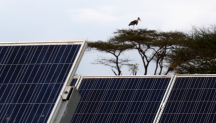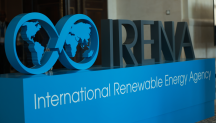

Latin America’s Renewable Energy Market Analysis
Newsletter
Covering the surface area of China and the USA combined and home to around 600 million people, Latin America is rich in resources. While its minerals, metals, and fossil fuels have traditionally drawn investment, energy security concerns, technological advances and the growing threat of climate change have now brought the region’s enormous renewable energy potential to the forefront.
A new IRENA report, Renewable Energy Market Analysis: Latin America, highlights Latin America’s success with renewables, the region’s emerging trends and valuable insights for other countries.
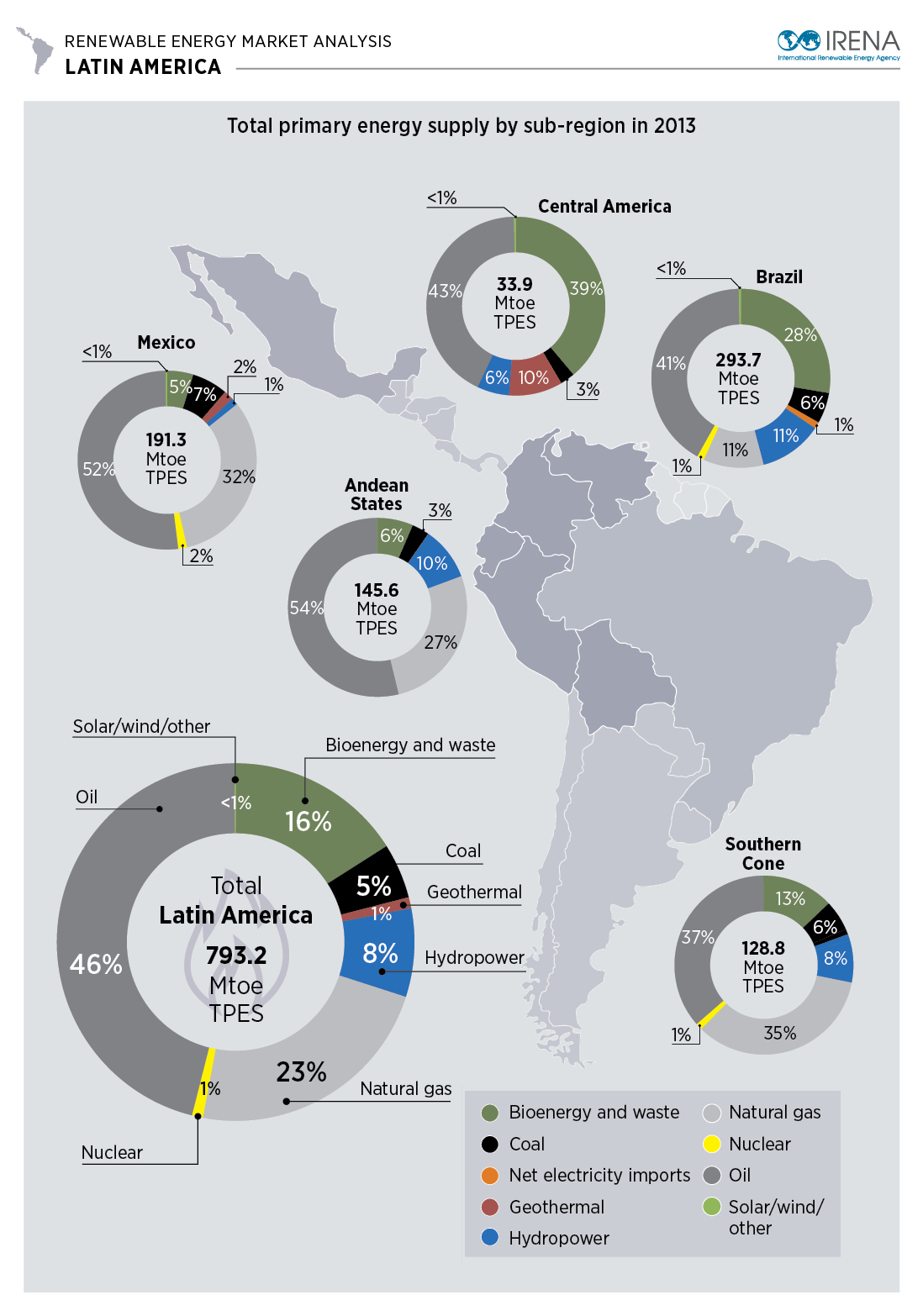
“Latin America has seen significant investment in renewables. With close to two million people employed regionally in the sector and increasing degrees of local manufacturing, the socio-economic benefits are being felt,” said Henning Wuester, Director of IRENA’s Knowledge, Policy, and Finance Centre. “Rapid cost reductions, maturing renewable energy technologies and the consolidation of renewable energy policies – in a region endowed with some of the world’s best renewable resources – have offered an unprecedented opportunity to accelerate the uptake of renewables across all sectors.”
Shifting winds
Latin America’s biggest renewable power source is large hydropower, but its dominating share of the renewable capacity mix has shifted in recent years, declining from 95% in 2000 to 83% today. This is due to the fast growth in other renewables. Between 2006 and 2015, non-hydropower renewable capacity has more than tripled, with investors favouring wind and solar.
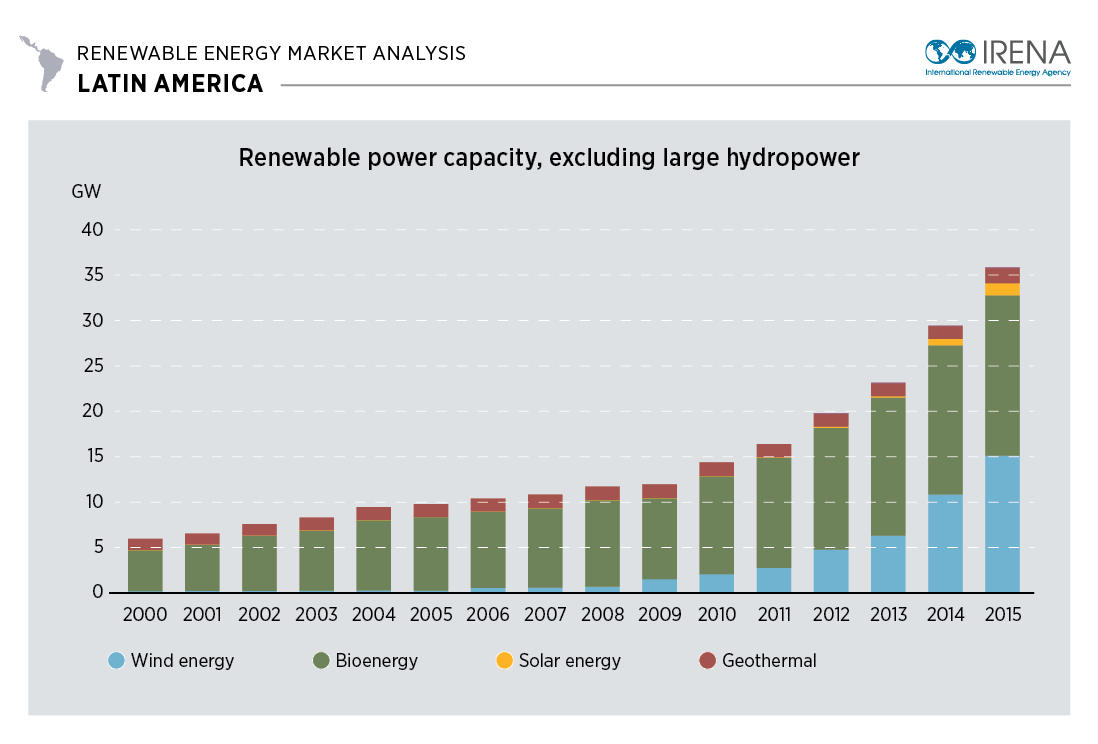
“Wind is growing fast — over 2.7 GW of wind power was commissioned in Brazil in 2015. That is three times more than in 2013. We have seen similar trends throughout the region, and Argentina is now poised to become a key market,” says Wuester. Technologies like wind, solar and bioenergy, have important climate, technical and economic complementarities with large hydropower. If leveraged, these synergies can improve the economic performance and reliability of power systems, and provide market entry opportunities for new, smaller players."
Policies for growth
The Analysis highlights that the energy security benefits associated with renewables can reduce the adverse economic effects of price volatility and the risk of supply disruptions. But creating an enabling environment for renewable growth means having the right mix of policies in place.
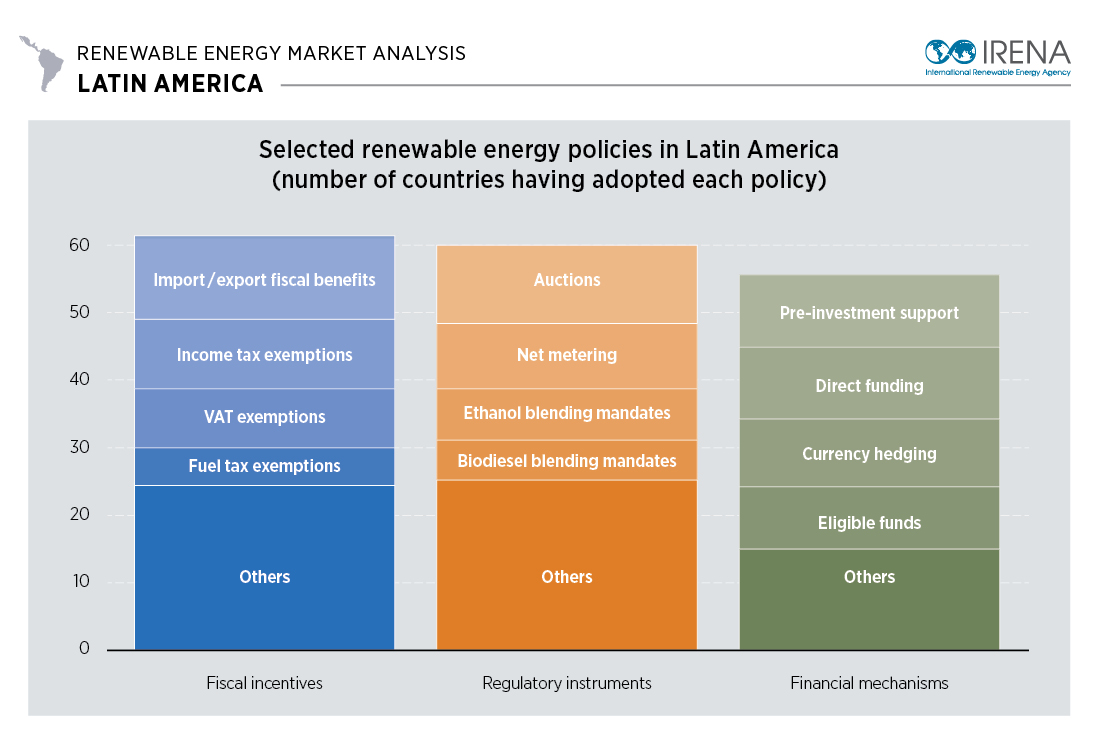
More than 300 policies now exist in support of renewables in Latin America. Countries with the highest renewable investment — Brazil, Chile, Mexico, and Uruguay — have also received consistently high evaluations of their legal, institutional, and administrative frameworks in investment surveys.
National public financial institutions have played a key role in promoting renewable energy investments in Latin America. At least 14 countries have established renewable energy public funds, while several have introduced currency hedging mechanisms or guarantees to mitigate investment risks.
While countries with more experience with renewables have seen increased interest from infrastructure and pension funds — generally considered a sign of market maturity — project planning still remains a critical bottleneck in Latin America. Technical assistance and project development funding schemes have an important role to play in ensuring bankable project pipelines.
IRENA’s Renewable Energy Benefits: Measuring the Economics analysis suggested that scaling up renewable energy deployment could raise the GDP of countries like Brazil and Mexico by more than 1% in 2030. But to bring about effective renewable deployment, renewable energy targets with supporting policies and a broad enabling framework need to be in place.
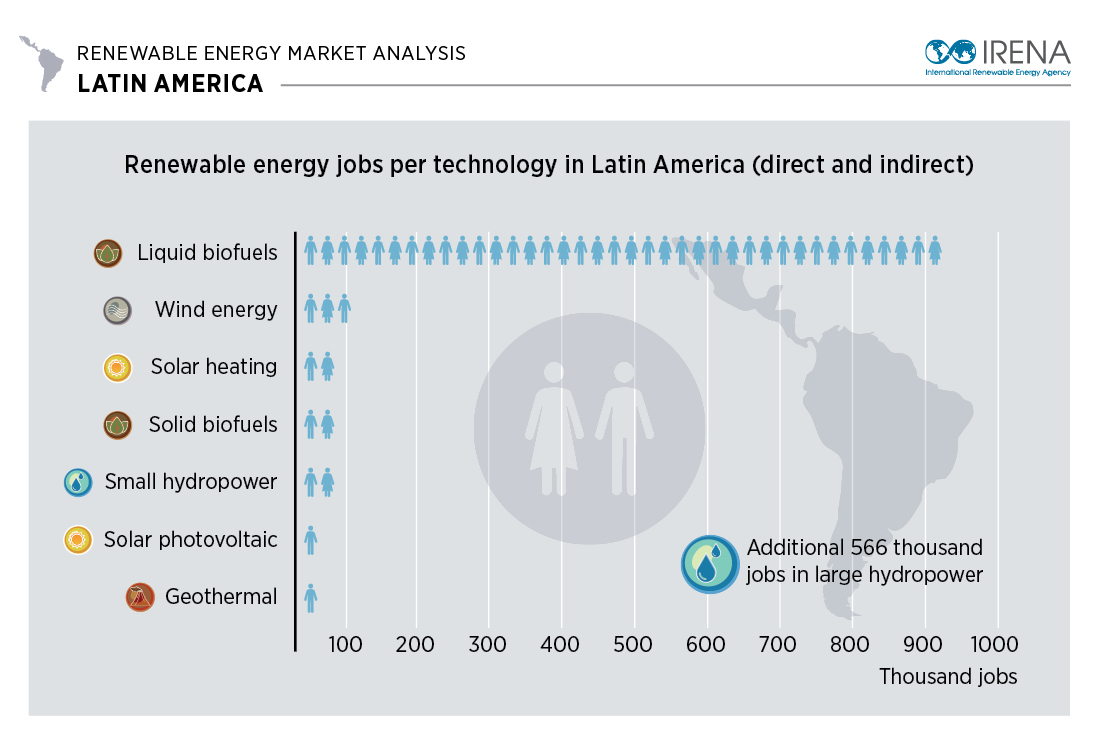
To learn more about the renewable energy market in Latin America, read the full report (also available in Spanish) on IRENA’s website.

